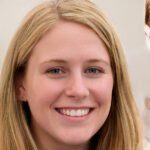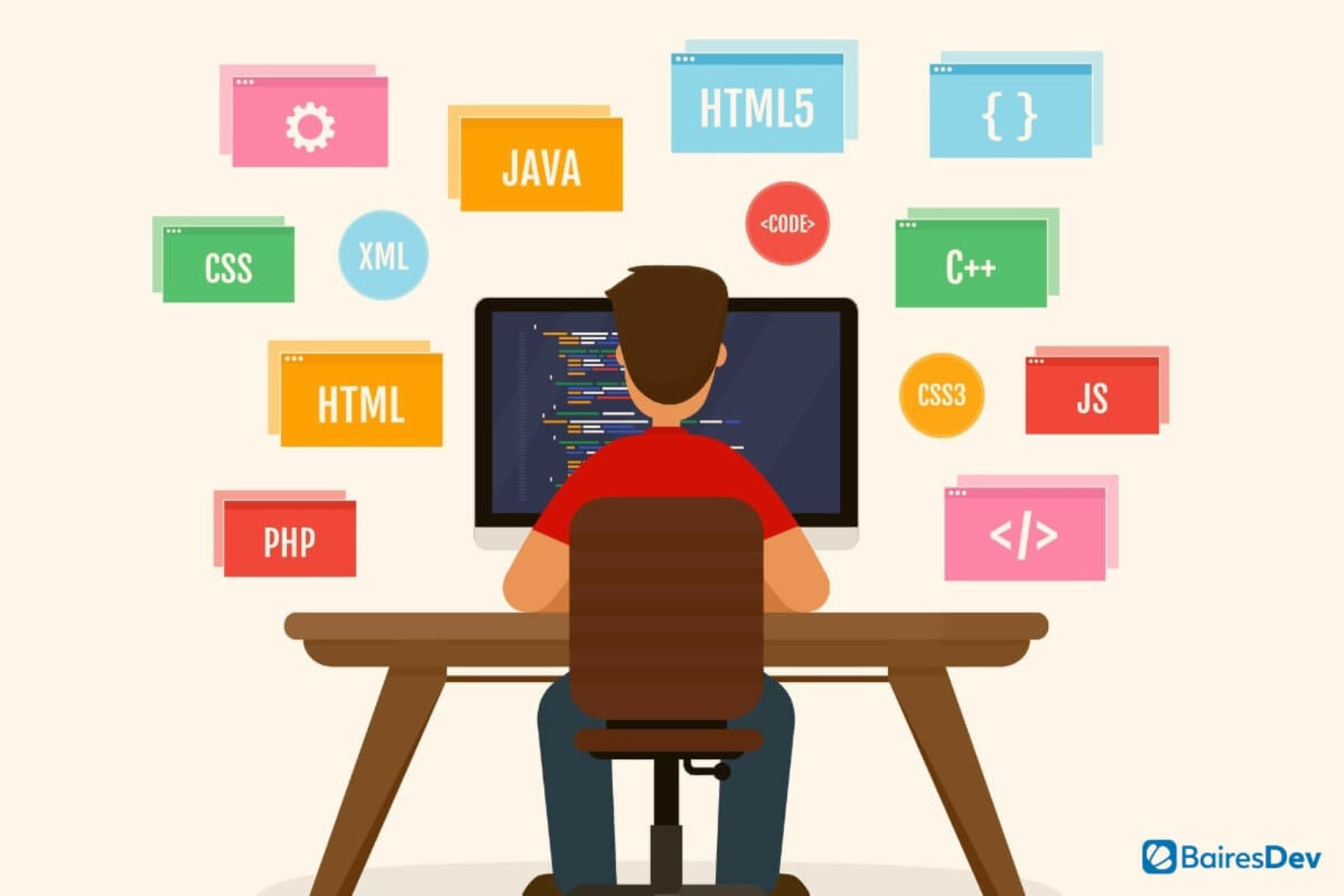We’ve discussed the Internet of Things (IoT) a lot here—and for good reason. The network of physical computing devices connected over the internet is one of the most disruptive technologies out there. This swarm of interconnected smart devices can completely automate our lives and help us reimagine pretty much everything around us.
In fact, with 10 billion active IoT devices as of last year, it feels like the IoT is already reshaping our world with its seemingly limitless potential. It’s used in many sectors such as transportation, manufacturing, logistics, healthcare, finance, and retail. Most importantly, it’s beginning to play a significant role in the renewable energy sector as well, bringing promising (and much needed) solutions.
How IoT is used in the renewable energy sector
Some of the ways in which the IoT is serving the energy sector include:
Asset monitoring
IoT solutions help companies leverage renewable energy solutions and ensure their efficiency. For example, companies can connect smart roofs, rainwater harvesters, and photovoltaic solar panels in one network and control them on the go through mobile or desktop applications. This helps in reducing operational costs and manual intervention for the business.
Remote tracking
The IoT allows companies to monitor their assets remotely through linked sensors. Thus, companies can track their assets in real time. This is important for detecting maintenance problems, checking performance, and anticipating any issues. Any change in environmental settings can be quickly reported to maintenance teams, too.
Remote tracking also allows companies to monitor energy consumption through smart devices. This information is helpful to identify wastage habits and allows the companies to create a conservation plan.
Handling distributed networks
Through IoT, energy companies can monitor thousands of panels and devices across the globe. This is especially helpful in renewable energy processing plants and grids which require wide distribution. It also helps in capacity building and supervises demand-side management. This allows companies to increase profits and improve reachability for the system.
Also, you can use data from one sensor to reprogram other sensors to maximize productivity since smart devices can share updates with each other.
Generating insights
Often IoT devices are integrated with advanced technologies such as machine learning (ML) and artificial intelligence. It helps companies get real-time insights for scalability and risk management. This improves the decision-making process by gathering data that’s later analyzed through ML algorithms.
IoT in the news
Many companies are adopting IoT to drive sustainability, improve expansion, and accelerate their technology usage. Companies such as Vodacom use the data generated through IoT to develop sustainable business processes to address climate change. Using IoT has led to a reduction in cost and carbon emissions for the organization.
Other prominent businesses such as Infinitum Electric, Nobel Systems, and WiseConn Engineering also use IoT to extract and distribute renewable energy. Some countries are even using IoT-based solar trees for agriculture. IoT makes it easier to manage energy output, maintain panel positions and resolve the common challenges associated with multifaceted energy grids.
So what are the advantages of using IoT for renewable energy generation?
Automating tasks
Using IoT, companies can automate daily tasks and improve their overall productivity. For example, solar panels with IoT sensors can automatically identify favorable parameters such as height directions and position. As a result, people don’t have to manually change their direction to generate the optimum amount of solar electricity.
IoT involvement can also reduce operational costs, reduce unplanned downtime, and increase the reliability of renewable energy systems. It also helps establish control on energy output.
Improving efficiency
Efficiency has been one of the major hurdles against renewable energy. The output from renewable energy sources is often unreliable and inconsistent. However, it’s possible to improve the whole system’s efficiency with a combination of IoT and ML. In such a system, the engineers would be able to handle flow rate, efficiency, and storage and would allow the companies to manage their power output.
Strengthening safety standards
IoT devices use authentication and access supervision procedures to prohibit unauthorized access to critical systems. This improves the overall safety of the entire system by allowing only legitimate users to work on critical applications and datasets.
IoT also saves human lives. Through IoT devices, you can monitor and control solar panels remotely without the need for human intervention. Since solar farms and wind turbines are often positioned in hazardous locations, using IoT eliminates the need to manually check these instruments.
Reducing costs
IoT allows companies to monitor and maintain their equipment at a fraction of the cost compared to manual maintenance. This also cuts down the user’s monthly bill by improving the productivity of the organizations, while decreasing management costs.
So what would the future of IoT in renewable energy look like?
Energy revolution
IoT will play an important role in redesigning energy-efficient systems and bringing a full-scale revolution to the energy sector. One of the biggest issues in energy is distributed generation, which can cause congestion issues. Also, the current renewable energy distribution and transmission systems are highly unreliable, leading to huge losses in transit.
This can be easily handled via IoT by using smart grids to accurately assess capacity levels. You can also check the grid’s analytics to ensure its efficiency. The grid itself can make better choices for the whole system and relay the directive to all systems in the intermittent network. As a result, IoT solutions can help to reduce resource wastage and carbon emissions during energy distribution.
Smart cities
The widespread use of IoT will lead to the rise of energy-efficient smart cities. In them, the distributors would be able to set counters and scales as per consumption requirements. This would reduce the need to use fossil fuels and eventually lead to a carbon-free energy model.
In the future, many amenities such as street lights, CCTVs, and traffic signals will be powered by solar electricity. Issues such as illegal tapping and meter bypassing would be things of the past.
5G with IoT
Many governments are now planning to use 5G for IoT to deliver core services cost-effectively. 5G will help companies monitor critical infrastructure, enhance public safety, and manage human and vehicle traffic near a wide number of locations.
IoT for the renewable energy sector
For the last few years, many sectors have adopted IoT to improve their efficiency and performance. The energy sector is also optimizing its usage to improve sustainability. IoT helps companies remotely resolve machine failures, monitor their assets, and generate clean energy with maximum efficiency through standardized networks and protocols.
Renewable energy sources are sustainable and highly advantageous for our future. They degrade completely and lead to low or almost no pollution and related hazards. Since renewables are the future, companies also need to adopt IoT on other renewable ventures such as biogas, geothermal, and hydroelectric power plants. Through IoT, green can be produced and distributed reliably and profitably.
If you enjoyed this, be sure to check out our other IoT articles.






